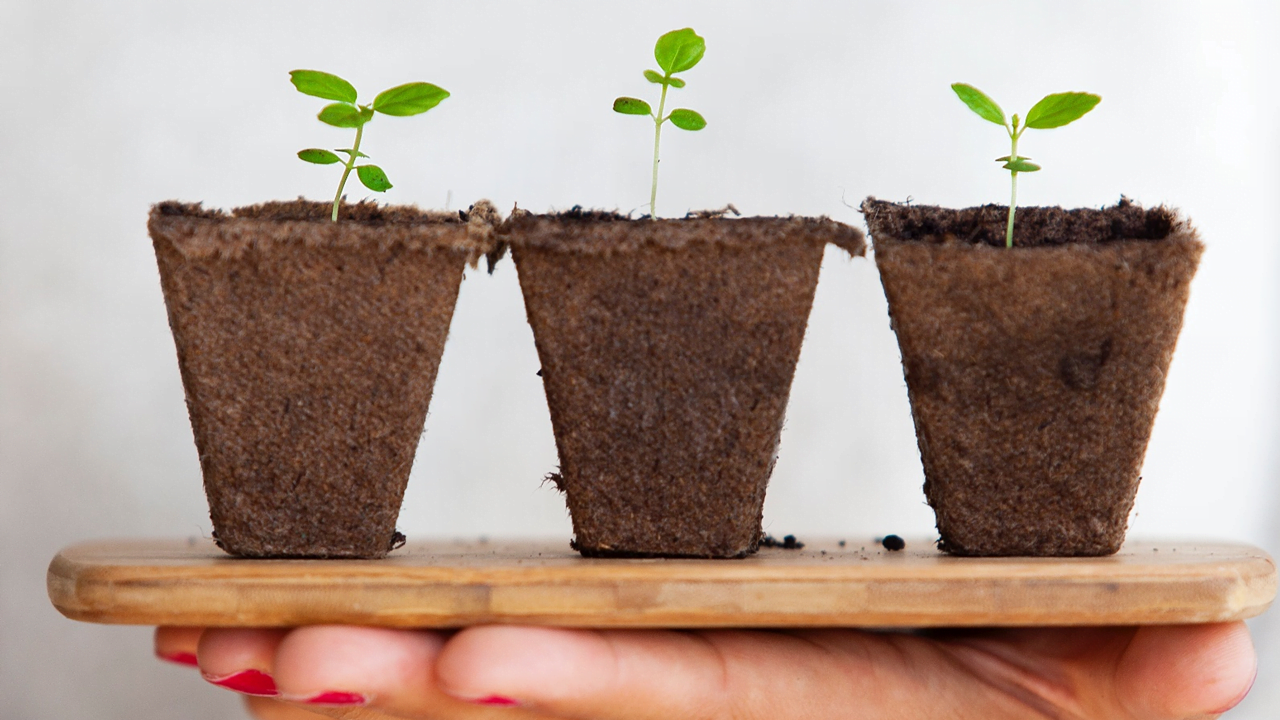The increasing burden of global food and bioenergy demand on shrinking agricultural lands requires attention. Famines and energy shortfall is inevitable due to the population growth. Bioeconomy also requires more lands and agricultural productivity.
From 1960 to 2005, we saw ~160% increase in global food production. In this alarming situation, plant crop productivity needs to be at least doubled till 2050. Following are some factors that are limiting the crop productivity,
- Inefficient use of water
- Inability to efficiently use high midday light intensities
- Slow catalytic rate of carboxylation enzyme RuBisCo
20th-century green revolution was based on improving the yield potential. Yield potential depends on,
- Amount of solar energy available during growing season
- Efficiency of the crop to capture photosynthetically active light
- Convert the light energy to Biomass
- Efficient Partitioning of Biomass into the harvested Product
With the increased understanding of Photosynthesis with the help of dynamic computer models and functional genomics, researchers have found the areas where they can work to engineer the plant for the better productivity to meet global needs.
Targets for Engineering Plants
Scientists have been working on the following targets to improve the crop productivity by engineering. Creative and radically new ideas are needed to engineer these targets.
Improving Carbon Uptake in Plants
Introduction of CO2 channels and bicarbonate transporters into photosynthetic cells of C3 plants and even into the mesophyll cells of C4 plants is a logical strategy to improve photosynthetic performance.
Achieving a higher CO2 concentration in the chloroplast would allow the endogenous Rubisco to be replaced by a Rubisco with a lower CO2 affinity, but a higher Kcat, thus reducing the amount of Rubisco required by the plant and improving nitrogen use efficiency.
Improving Carbon Conversion in Plants
Nature has evolved several strategies to suppress oxygenation by sequestering Rubisco into compartments in which CO2 is concentrated. C4 plants [for example, tropical grasses such as sugarcane (Saccharum officinarum) and corn (Zea mays)] use oxygen- insensitive phosphoenolpyruvate carboxylase to initially capture CO2 as malate in mesophyll cells. The malate is subsequently decarboxylated in bundle sheath cells that contain Rubisco.
A coordinated international effort to introduce this ability into rice has already produced exciting results. Although significant hurdles remain, success will open the door to dramatically improving the efficiency and yield of many of the world’s most important staple crops.

Leave a Reply